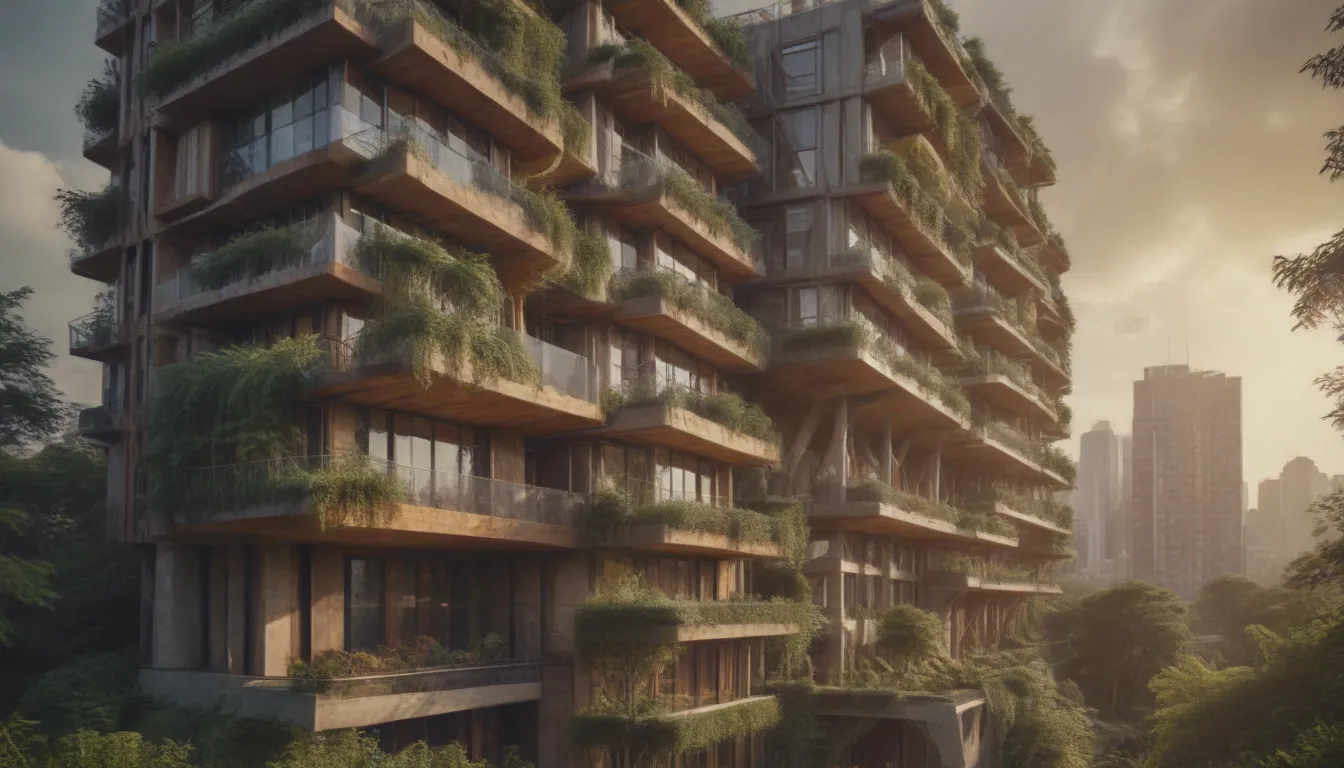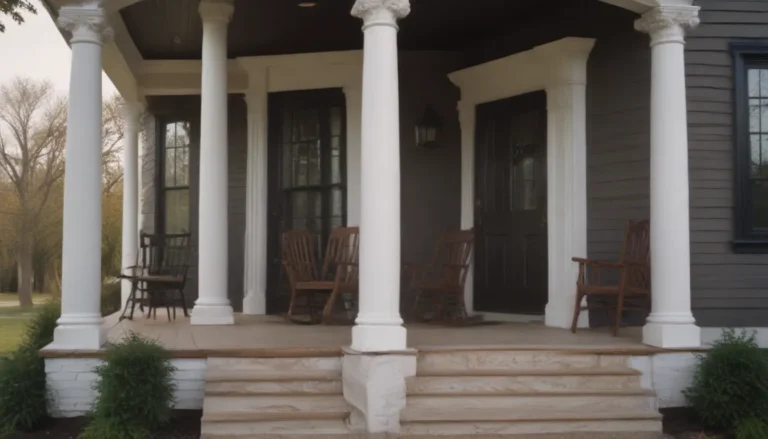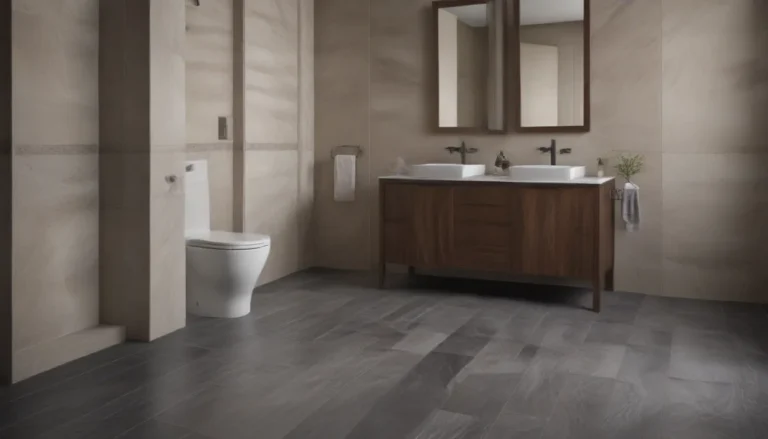The Evolution and Benefits of Sustainable Architecture

Sustainable architecture is more than just a passing trend; it’s a revolutionary approach to building that prioritizes environmental preservation, human health, and resource conservation. In this comprehensive guide, we will delve into the world of sustainable architecture to understand its core principles, benefits, historical roots, and future prospects.
Understanding Sustainable Architecture
Sustainable architecture is a holistic design approach that seeks to minimize the negative impact of buildings on the environment. It encompasses every aspect of the building process, from planning and construction to operation and maintenance. At its core, sustainable architecture aims to create buildings that reduce energy consumption, limit waste generation, and promote a healthier living environment for occupants.
Why Is Sustainable Architecture Important?
The importance of sustainable architecture cannot be overstated. By adopting eco-friendly building practices, we can significantly reduce carbon emissions, conserve natural resources, and mitigate the effects of climate change. Sustainable buildings are not only better for the environment but also promote healthier indoor air quality, lower utility costs, and enhance overall occupant well-being.
The Key Benefits of Sustainable Architecture
The benefits of sustainable architecture are as diverse as they are profound. Let’s explore some of the key advantages of adopting sustainable building practices:
- Reduced carbon emissions: Sustainable buildings are designed to be energy-efficient, leading to lower carbon footprints and a reduced impact on the environment.
- Conservation of natural resources: By using renewable materials and incorporating energy-saving technologies, sustainable architecture helps preserve precious natural resources for future generations.
- Improved indoor air quality: Sustainable buildings are designed to minimize indoor air pollutants, creating a healthier and more comfortable living environment for occupants.
- Enhanced energy and water efficiency: Through the use of renewable energy sources, water conservation systems, and innovative technologies, sustainable buildings achieve higher levels of energy and water efficiency.
Key Characteristics of Sustainable Architecture
Sustainable architecture embodies several core characteristics that set it apart from traditional building practices. Let’s explore some of the key features that define sustainable architecture:
Eco-Friendly Energy and Water Usage
One of the primary goals of sustainable architecture is to minimize energy and water consumption through the use of renewable energy sources, natural heating and cooling systems, and water conservation technologies. By harnessing the power of solar panels, wind turbines, and natural ventilation, sustainable buildings aim to achieve a net-zero energy footprint.
Use of Regenerative and Eco-Friendly Materials
Sustainable architecture emphasizes the use of renewable, regenerative, and eco-friendly materials such as bamboo, hemp, cork, and recycled materials. By replacing conventional building materials with sustainable alternatives, architects can reduce the environmental impact of construction and promote a more circular economy.
Adaptive and Modular Spaces
Sustainable architecture embraces adaptable and modular design strategies that allow buildings to easily evolve and respond to changing needs. From tiny houses and micro-apartments to recycled shipping container homes, sustainable architecture offers innovative solutions to address the growing demand for sustainable housing.
Incorporation of Plants and Nature
Integrating plants and nature into the built environment is a fundamental aspect of sustainable architecture. Living walls, green roofs, and tree-covered structures not only help cool buildings and reduce energy consumption but also create healthy and biophilic environments for occupants. Native plants play a crucial role in sustainable landscaping by promoting biodiversity and reducing maintenance requirements.
The Historical Roots of Sustainable Architecture
While the modern concept of sustainable architecture has gained traction in recent decades, its principles are deeply rooted in ancient building techniques and indigenous practices. The rise of industrialization and mass production in the 20th century brought about a shift towards more sustainable building practices, fueled by growing environmental awareness and legislation.
The Role of Legislation and Environmental Movements
The push for sustainable architecture gained momentum with the advent of the international environmental movement and landmark events such as Earth Day. In response to the urgent need for more sustainable building practices, governments around the world have enacted regulations and standards to promote eco-friendly construction methods.
The Impact of Climate Change
As the world grapples with the effects of climate change, sustainable architecture has emerged as a vital tool for mitigating environmental damage and reducing carbon emissions. Buildings account for a significant portion of global carbon dioxide emissions, making sustainable architecture a critical component of efforts to combat climate change.
Examples of Innovative Sustainable Architecture
From timber skyscrapers to recycled cardboard shelters, sustainable architecture offers a diverse array of innovative and inspiring solutions to the environmental challenges we face. Let’s explore some examples of cutting-edge sustainable architecture that are pushing the boundaries of design and sustainability:
-
Cross-Laminated Timber Buildings: Cross-laminated timber has emerged as a sustainable alternative to traditional building materials, with projects like Mjøstårnet in Norway showcasing the potential of timber skyscrapers.
-
Recycled Materials: Architect Shigeru Ban’s use of recycled cardboard tubing in emergency shelters and the Transitional Cathedral in New Zealand demonstrates the creative potential of recycled materials in sustainable architecture.
-
Waste-to-Energy Power Plants: CopenHill in Denmark is a groundbreaking example of sustainable architecture, featuring a waste-to-energy power plant with a ski slope on its roof and a façade designed for climbing.
The Future of Sustainable Architecture
While sustainable architecture has made significant strides in recent years, there is still much work to be done to promote greener building practices on a global scale. Some experts argue that the concept of sustainability is outdated and that the future lies in regenerative architecture, a more holistic approach that aims to create buildings and systems capable of regenerating themselves and positively impacting their surroundings.
The Shift Towards Regenerative Design
Regenerative design goes beyond the principles of sustainable architecture to focus on creating buildings that not only reduce environmental impact but also contribute positively to their ecosystems. By integrating social equity and environmental stewardship into design practices, regenerative architecture offers a progressive vision for the future of sustainable building.
The Importance of Social Equity
Incorporating social equity into sustainable architecture is essential for addressing the disproportionate impact of climate change on vulnerable communities. Initiatives like the Living Building Challenge emphasize the need for sustainable buildings to promote social equity and environmental justice, ensuring that everyone benefits from greener building practices.
Overcoming Challenges in Sustainable Architecture
While sustainable architecture offers numerous benefits, it is not without its challenges. Cost considerations, limited availability of sustainable materials, and evolving technologies can present obstacles to adopting sustainable building practices. However, by prioritizing locally sourced, regenerative materials and prefabricated construction methods, architects can maximize efficiency and reduce waste during construction.
The Rising Popularity of Sustainable Architecture
As public awareness of environmental issues grows, sustainable architecture is becoming increasingly popular among architects, builders, and consumers. Environmental standards such as BREEAM and LEED provide guidelines for sustainable building practices, encouraging the adoption of eco-friendly design strategies and technologies.
In conclusion, sustainable architecture represents a paradigm shift in the way we approach building design and construction. By prioritizing environmental sustainability, resource conservation, and occupant well-being, sustainable architecture offers a path towards a greener and more resilient built environment. As we look to the future, it is essential that we continue to innovate and push the boundaries of sustainable design to create a more sustainable and equitable world for all.
Sources:
– New School of Architecture and Design
– U.S. Green Building Council – Benefits of Green Building
– United States Green Building Council – Buildings and Climate Change





